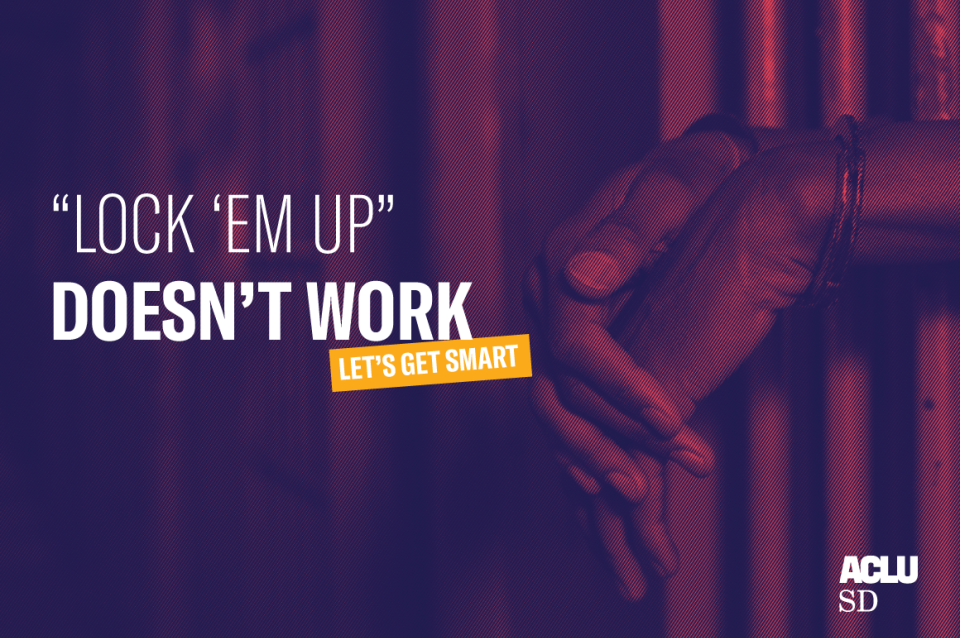According to Tova O’Brien, politicians became obsessed with fighting crime in the 2023 election. National said it wanted to re-establish boot camps for 10 to 17-year-olds. ACT wanted to put 17 year olds into prison. NZ First wanted to crack down on gangs. Labour wanted to fund another 300 frontline police officers so they could lock more people up. These are all tired, old law-and-order policies based on fear mongering – basically lock ‘em up and throw away the key approaches.
Law and order comes up for auction at just about every election, whereby the main political parties compete to be the toughest on criminal offenders. Criminologist, Prof John Pratt referred to this competition as penal populism. Over the last 20 years or more, tough on crime policies have put so many people in prison that New Zealand had one of the highest rates of imprisonment in the Western world. The so-called Sensible Sentencing Trust played a huge role in this as politicians turned to uninformed farmers like Garth McVicar, instead of academics that actually understood something about the causes of crime.
This lock ‘em up approach is based on a theory – or rather an assumption – known as deterrence. The idea is that the fear of being incarcerated, will deter people from committing crime; and having been sent to prison will deter you from further offending.
New Zealand’s recidivism rates provide ample proof that this theory doesn’t work. Incarceration takes offenders off the streets temporarily, but just about everyone gets released eventually. In the meantime, being forced to hang out with other hardened criminals means that prisons are more likely to be universities for crime.
What doesn’t work?
Any policy designed to reduce crime in society needs two key components. First, it needs to target the underlying causes or drivers of crime, rather than just taking offenders off the street. Second, there needs to be solid evidence that the policy actually works.
So what about providing more rehabilitation in prison? Both National and ACT have succumbed to this unenlightened approach. National is proposing to improve access to rehabilitation programmes for prisoners held on remand, while ACT’s law and order policy is to make it mandatory to attend rehabilitation programmes in order to be eligible for parole.
Unfortunately, Corrections annual reports show that prison-based rehabilitation programs are almost totally ineffective. Most crime is either committed under the influence of alcohol or drugs or committed to obtain money to feed a drug habit. Corrections is well aware of this, and provides drug treatment programmes in prison. However, in 2020/21, drug treatment in prison reduced subsequent reconviction rates by only 2.2%. In 2021/22, the figure was 3.15%. These are tiny reductions which only occur in the first 12 months after release from prison.
In 2021, the Corrections Department’s Annual Report listed 23 different prison-based interventions intended to reduce recidivism. Corrections assesses the impact of all these programmes in the first 12 months after the prisoners are released. In 2021, the average reduction in reoffending across all 23 programmes was only 2.3%. The best performing programme (prison-based employment) reduced reoffending by 4.3%.
Despite the fact that these programmes have very little impact on reoffending rates, in 2022, the Department spent $322 million on them.
New Zealand is not the only country that has struggled with this. Worldwide, the history of trying to rehabilitate criminal offenders has been so fraught with failure that for many years, criminologists and justice officials used to believe that “nothing works”.
What does work?
There is one policy that does work – drug courts. There are two such courts in Auckland (known as the AODTC or Alcohol and Other Drug Treatment Court). Between 2012 and 2018, the AODTC was evaluated more extensively than any other justice related intervention in New Zealand history. The Ministry of Justice found it reduces reoffending of graduates by 86% more than a matched group of offenders. This result is 28 times better than the 3% reduction achieved by drug treatment in prison. That’s the evidence.

Andrew Little was a member of Parliament when these evaluations were being conducted. In 2017, he became Minister of Justice and was so impressed with the early results, he said drug courts would be “rolled out across New Zealand in 2018”. One extra drug court has been established in Hamilton, but since then, no funding has been made available to roll them out anywhere else.
Given the overwhelming evidence that drug courts are more effective at reducing reoffending than any other intervention, if politicians want to be really tough on crime, rolling out more drug courts is the only evidenced-based policy available. So far, The Opportunities Party is the only party that has read the evidence and made this part of their platform. TOP seem unlikely to be represented in parliament, but at the moment, they are the only political party prepared to be really tough on crime.





 In April last year, Radio New Zealand reported that the Corrections Department was
In April last year, Radio New Zealand reported that the Corrections Department was  Remarkably, the document does not specify that the ‘relevant qualification’ has to be a graduate degree. Nor does it state that clinicians require a qualification in the assessment and treatment of addictive disorders.
Remarkably, the document does not specify that the ‘relevant qualification’ has to be a graduate degree. Nor does it state that clinicians require a qualification in the assessment and treatment of addictive disorders. The Department seems to think the poor performance of the DTUs is CareNZ’s fault. They even initiated an evaluation of CareNZ’s performance by an independent consulting company, Julian King & Associates. Amazingly, the independent review reported that CareNZ was doing fine. See
The Department seems to think the poor performance of the DTUs is CareNZ’s fault. They even initiated an evaluation of CareNZ’s performance by an independent consulting company, Julian King & Associates. Amazingly, the independent review reported that CareNZ was doing fine. See  This makes no sense whatsoever. There are now over 10,000 people in prison in New Zealand and up to
This makes no sense whatsoever. There are now over 10,000 people in prison in New Zealand and up to